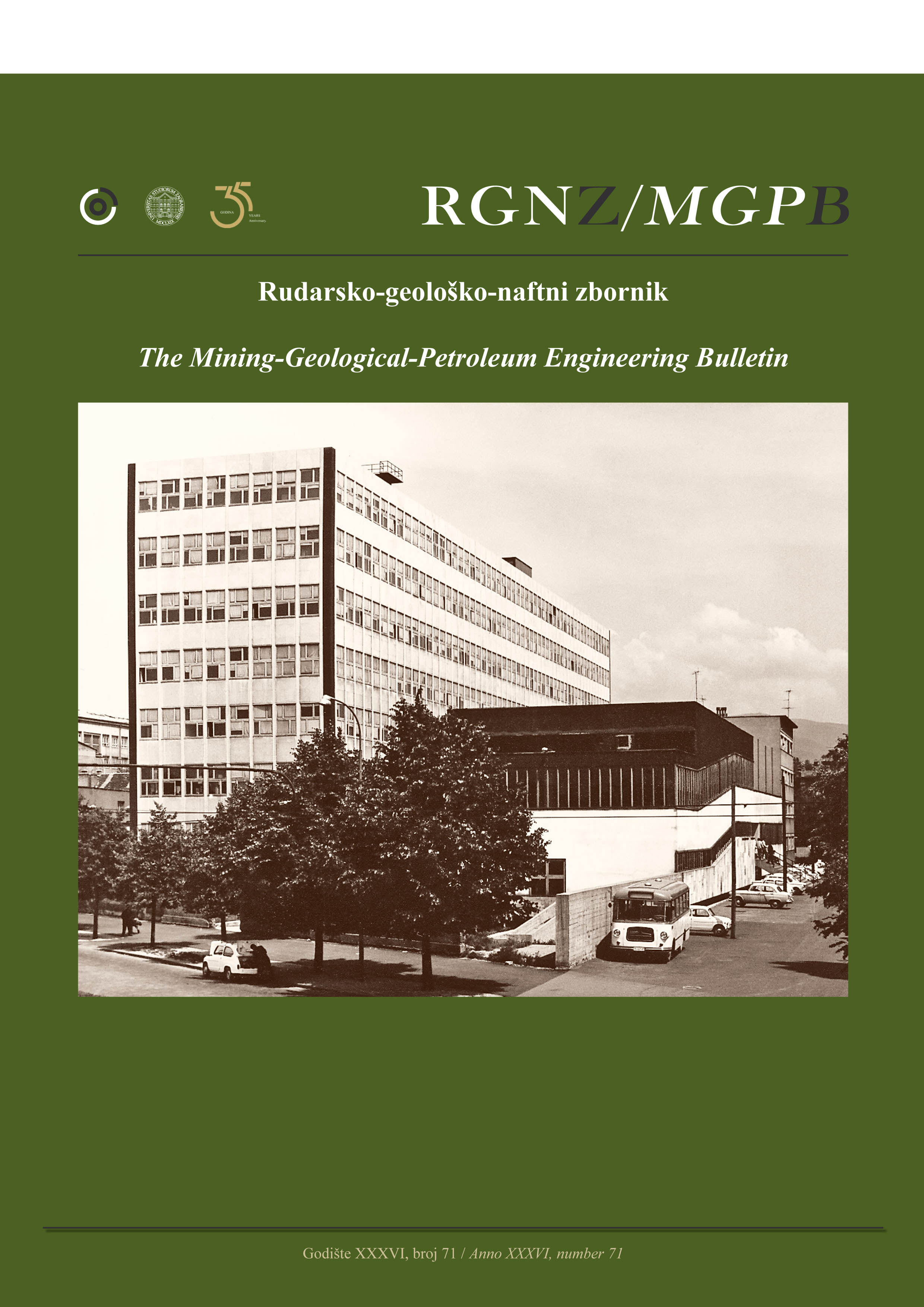Beneficiation of Ferruginous Manganese Ore of Um Bogma Locality, Sinai: Comparison Between Conventional Reduction Roasting Techniques and Microwave Technology
DOI:
https://doi.org/10.17794/rgn.2024.5.6Keywords:
manganese ore, Um Bogma, beneficiation, microwave heating, reduction roastingAbstract
The increasing demand for high-grade manganese ores in various industries has led to a growing necessity to enhance the quality of lower-grade manganese ores with time. A representative manganese ore was collected from Um Bogma, Sinai, Egypt, and subjected to various characterization methods including X-ray diffraction (XRD), X-ray fluorescence (XRF) and ore microscopy. XRF analysis revealed a low Mn/Fe ratio of 2.81 (as elements), indicating a low ore grade. For suitability in Mn alloy production at the Sinai Manganese Company (SMC) plant in Abu Zenimah, southeast of Sinai, Egypt, this ratio should ideally exceed 5. Additionally, XRD and ore microscopy identified the mineralogical composition of the ore as pyrolusite, hematite, and manganite, with manganese patches embedded in a ferruginous groundmass at the textural scale. Three different reduction roasting techniques were evaluated, involving conventional heating in a furnace utilizing either CO – CO2 or charcoal as reducing agents, alongside reduction roasting with charcoal utilizing microwave technology. Following each technique, magnetic separation was employed, resulting in the production of high-grade manganese concentrates exhibiting high Mn/Fe ratios ranging from 19.8 to 27.45 and substantial Mn recovery rates ranging from 93.86% to 96.76%.
Downloads
Published
How to Cite
Issue
Section
License
Copyright (c) 2024 Ahmed Moustafa, Nagui Abdel-Khalek, Ahmed Sharaf-Eldin, Abdelmonem Soltan, El-Sayed Hassan

This work is licensed under a Creative Commons Attribution 4.0 International License.
Creative Commons-BY
Authors who publish with this journal agree to the following terms:
In agreeing this form, you certify that:
- You read the ethical codex of the RGN zbornik available at journal web.
- You submitted work is your original work, and has not previously been published and does not include any form of plagiarism.
- You own copyright in the submitted work, and are therefore permitted to assign the licence to publish to RGN zbornik.
- Your submitted work contains no violation of any existing copyright or other third party right or any material of an obscene, libellous or otherwise unlawful nature.
- You have obtained permission for and acknowledged the source of any illustrations, diagrams or other material included in the work of which you are not the copyright owner.
- You have taken due care to ensure the accuracy of the work, and that, to the best of your knowledge, there are no false statements made within it.
- All co-authors of this submitted work are aware of, and in agreement with, the terms of this licence and that the submitted manuscript has been approved by these authors.
Publication licence
You retain copyright in your submitted work, according to journal license policy (CC-BY). By signing this form you agree that RGN zbornik may publish it under the publication licence. In summary the licence allows the following:
Anyone is free:
- To copy, distribute, display, and perform the work.
- To make derivative works.
Under the following conditions:
- The original author must always be given credit.
- The work may not be used for commercial purposes.
- If the work is altered, transformed, or built upon, the resulting work may only be distributed under a licence identical to this one.
Exceptions to the licence
In addition to publishing the work printed under the above licence, RGN zbornik will also enable the work to be visible online.
The journal editorial can change the licence rules anytime but it cannot retroactively restrict author(s) rights.


